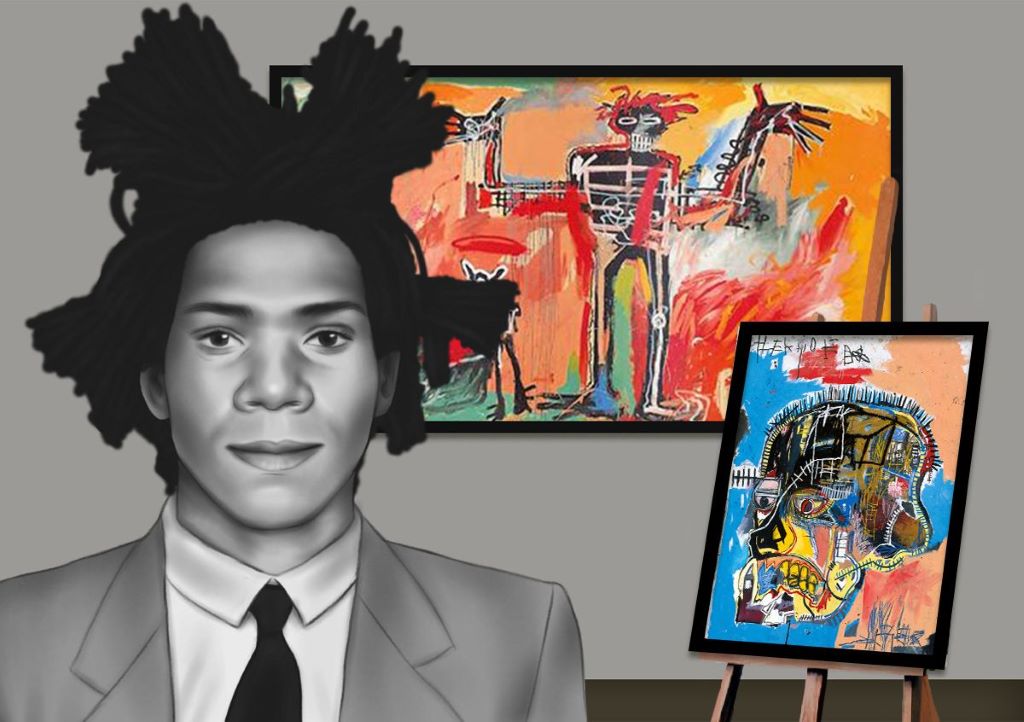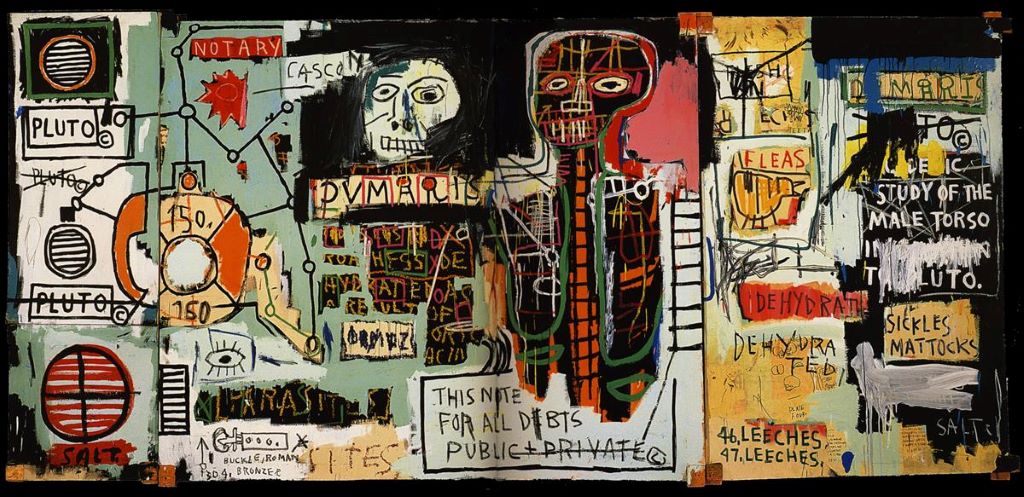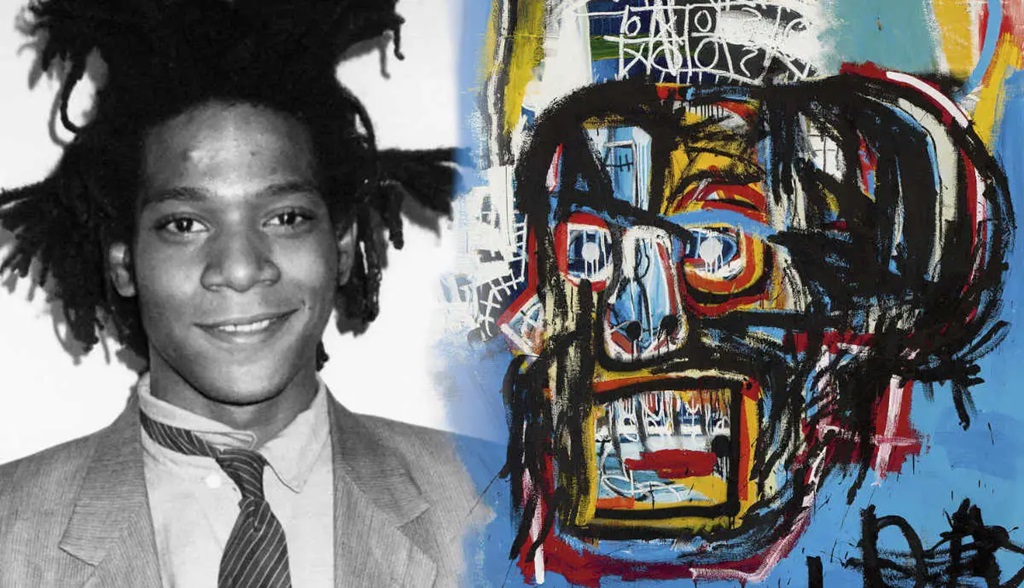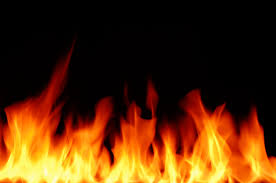Jean-Michel Basquiat burst onto the 1980s New York art scene with an explosion of raw energy and a new visual language. His art is vibrant, edgy, and, at times, aggressive. He didn’t follow any art world rules, creating a bold new path inspired by everything from jazz music to street art.
What did Basquiat’s chaotic works say? To know Basquiat’s meaning, you need to delve into the symbols, messages, and techniques he used.
Basquiat’s Life: Shaping His Artistic Vision
Basquiat wasn’t your typical art world darling. His life and experiences played a big part in what appeared on his canvases:
- Haitian and Puerto Rican Heritage: He celebrated his cultural roots by incorporating them into his work. Figures inspired by Caribbean traditions and references to African diaspora history are commonplace.
- Early Graffiti Days: Before getting international recognition as a painter, Basquiat created gritty, cryptic tags under SAMO© throughout New York City, a rebellious voice that carried over into his paintings.
- Struggles with Fame and Identity: Basquiat’s success was meteoric, but he struggled. Addiction, racism within the art world, and internal questioning became recurring themes in his work.
Basquiat’s life was short and turbulent, tragically ending at age 27, but the power of his work echoes long after his passing.
Basquiat’s Key Themes and Symbols: A World of Meaning
Race and Identity
Basquiat addressed ideas of race and injustice, putting Black heroes and experiences front and center.
- Black Heroes: Figures like musicians Charlie Parker and Cassius Clay (Muhammad Ali) often took center stage, depicted as individuals and icons battling inequality.
- Crossed-Out Words Basquiat often crossed out phrases or whole sections in his paintings, reflecting the constant erasure and silencing experienced by Black individuals throughout history.
Example: One of his most famous works, “Irony of Negro Policeman” (1981), shows a roughly-drawn Black figure seemingly at war with itself. It alludes to the internal conflicts of a Black man serving a system that inherently works against him.
Dichotomies and Power Struggles
Basquiat loved contradictions: rich vs. poor, integration vs. segregation, the celebrated vs. the unseen. His art often shows opposing forces locked in battle.
- Anatomy and Authority: Medical terms and diagrams of the human body clash with symbols of police or oppression. These clashing elements mirror society’s desire to dissect and control Black bodies.
- Crowns and Halos: Crowns placed above his heroes might seem celebratory, but when paired with crossed-out words or skeletal features, they hint at how society ultimately martyrs those it elevates.
Example: In “Untitled (Skull)” (1981), Basquiat juxtaposes a black skull against explosive colors. The crown atop it feels uneasy, almost condemning fame’s fleeting nature.
The Weight of Words
Letters and words weren’t just decorations for Basquiat – they were weapons. He used language in striking ways:
- Poetic Fragments: Lines of poetry are scribbled throughout his work, sometimes clear social commentary, other times disjointed thought fragments.
- Repeated Words: Individual words appear repeatedly, hammered home with intensity. Words like “SOAP” or “ASBESTOS” are repeated until they lose conventional meaning, becoming raw cries of urgency.
- Brand Names: Products and logos pop up – are they targets of consumerism or aspirational dreams born from poverty? Basquiat leaves that up to you to decide.
Technique and Style: More Than Meets the Eye
To say Basquiat could not ‘draw’ overlooks his artistic goals. His style was deliberate:
- Childlike Aesthetic: Crude figures and purposeful ‘mistakes’ weren’t a lack of skill. They hark back to kids’ art, an untainted and direct expression.
- Layering and Chaos: Images, words, and paint pile upon each other, mirroring the noisy overload of urban life and perhaps Basquiat’s jumbled thoughts.
- “Accidental” Brilliance: Drips, smears, and splashes may seem random, but Basquiat controlled them. They create energy and urgency, reflecting the unpredictable nature of life itself.
Example: His use of collage reflects the fragmented nature of identity. Bits of images, headlines, and drawings feel haphazard yet perfectly composed, revealing and concealing.
How to Experience Basquiat
It’s tempting to look for straightforward answers in Basquiat’s work – but resist! Embrace the open-ended nature of his art. Here’s how:
- Don’t Overthink It: Look first, analyze later. Is the overall work angry, playful, and mournful? There’s no wrong answer here.
- Seek Connections: Words, figures, and symbols in one painting often reappear in others. Like solving a puzzle, start making connections over time.
- Consider the Context: The turbulent 1980s of NYC are part of Basquiat’s art. Knowing a bit about that era deepens understanding.
- Your Interpretation Matters: His work can resonate on personal, social, and political levels. Don’t invalidate your gut reactions.
Frequently Asked Questions (FAQs)
1. Did Basquiat ever explain his art?
Rarely. He wanted viewers to have their reactions; He hated pretentious interpretations imposed by art critics.
2. Why are some of Basquiat’s just messy words?
Even text-heavy pieces aren’t straightforward. It’s like hearing a snippet of heated conversation; filling in the context is up to you.
3. Are his paintings political?
Absolutely, but in subtle and multi-layered ways. It’s not always an in-your-face protest but forces you to question how power structures function.
4. Should I know art history to ‘get’ Basquiat?
It helps! He references art history but twists it. Some knowledge lets you catch those clever subversions.
5. Why is Basquiat still so celebrated?
His art remains sadly relevant – racial divides persist, heroes fall, and we’re bombarded with information. In that, his work feels timeless.
Conclusion
Basquiat’s art is a glorious enigma. It’s raw, complex, and deeply human. It offers no easy solutions but sparks conversation and forces us to look unflinchingly at our world’s beautiful and terrible parts.






